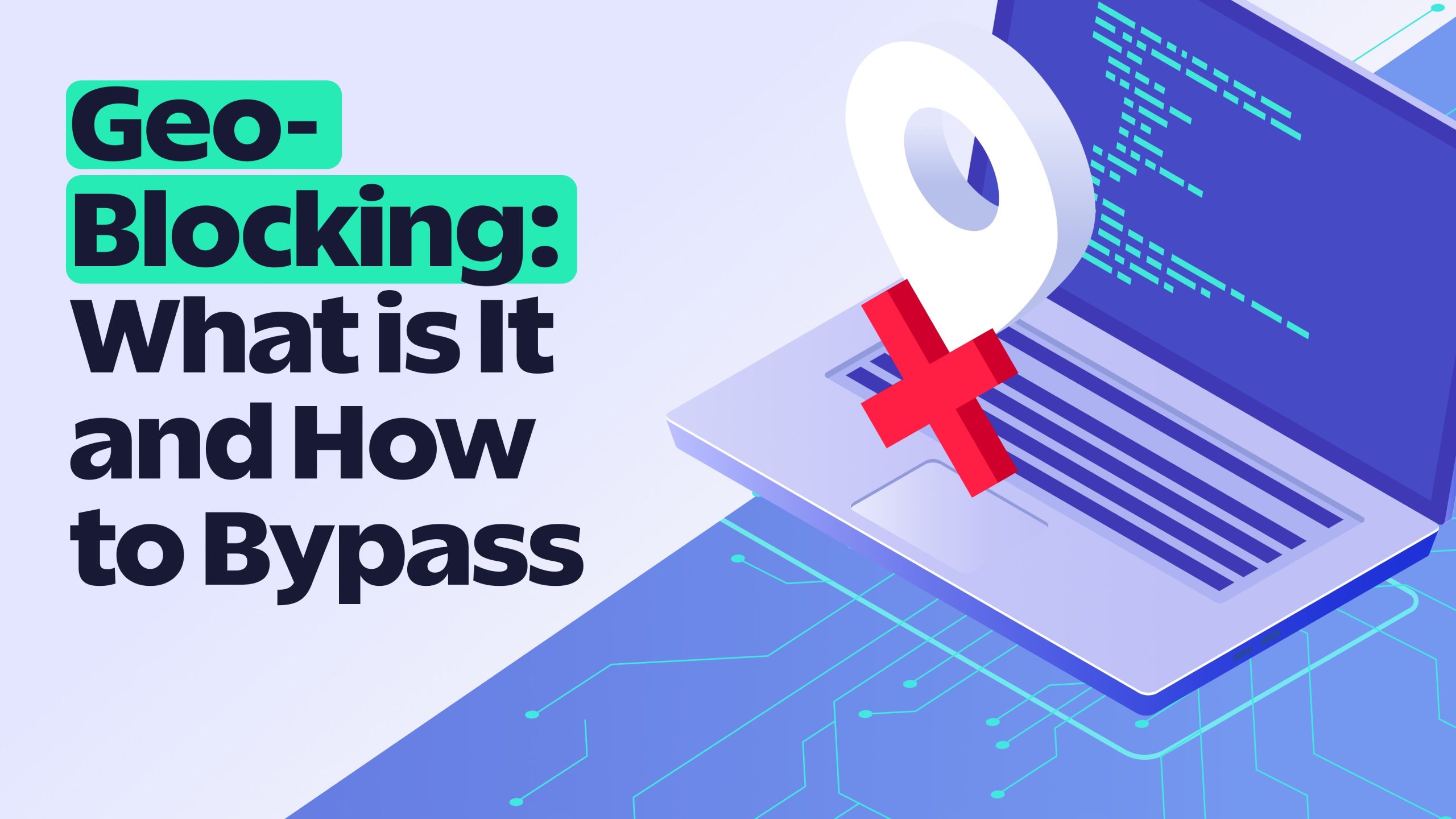
Introduction: Navigating the Invisible Digital Boundaries
Imagine sitting in a coffee shop in Tokyo, eager to stream your favorite documentary, only to encounter a frustrating message: "This content is not available in your region." This moment of digital disappointment represents just one facet of a complex technological phenomenon known as geo-blocking.
Geo-blocking isn‘t merely a technical inconvenience; it‘s a sophisticated global system that silently shapes our digital experiences. As an expert in proxy technologies and digital access strategies, I‘ve spent years studying the intricate mechanisms that control and restrict internet content across different geographical regions.
The Origins of Digital Boundaries: A Historical Perspective
The concept of geo-blocking emerged alongside the internet‘s global expansion. In the early days of digital communication, content distribution was relatively unrestricted. However, as businesses recognized the potential for targeted marketing and content licensing, geographical restrictions became increasingly sophisticated.
During the late 1990s and early 2000s, media companies began implementing rudimentary geo-blocking techniques. Streaming platforms, international news websites, and digital service providers realized they could customize content, pricing, and accessibility based on a user‘s geographical location.
Technical Mechanics: How Geo-Blocking Actually Works
At its core, geo-blocking relies on precise location identification technologies. When you connect to the internet, your device broadcasts a unique digital signature that reveals your geographical origin. Internet Service Providers (ISPs) assign IP addresses with embedded location metadata, allowing websites to instantly determine your physical location.
Modern geo-blocking technologies employ multiple identification strategies:
Advanced Geolocation Techniques
IP Address Mapping
Every internet connection generates an IP address containing geographical coordinates. Sophisticated databases maintained by organizations like MaxMind continuously update global IP address mappings, enabling near-instantaneous location verification.Cross-Platform Verification
Websites now combine multiple data points to confirm user location:
- GPS coordinates from mobile devices
- Billing address information
- Language settings
- Wi-Fi network characteristics
- Credit card issuing country
- Machine Learning Algorithms
Cutting-edge geo-blocking systems now utilize artificial intelligence to detect and prevent location spoofing. These algorithms analyze behavioral patterns, network routing, and historical access data to create increasingly accurate location profiles.
Global Implementation: Why Companies Restrict Digital Access
The motivations behind geo-blocking are multifaceted and complex. From a business perspective, geographical restrictions serve several critical purposes:
Licensing and Copyright Protection
Media companies invest billions in content creation and distribution. Geo-blocking allows them to manage complex international licensing agreements, ensuring that content is distributed according to specific regional contracts.
Market Segmentation Strategies
Different regions have unique economic landscapes. By implementing geo-blocking, companies can:
- Adjust pricing strategies
- Customize marketing campaigns
- Manage product availability
- Comply with local regulations
Economic and Security Considerations
Geo-blocking also serves critical economic and security functions. By controlling digital access, organizations can:
- Manage bandwidth consumption
- Protect local market interests
- Prevent potential cyber threats
- Ensure regulatory compliance
The Global Geo-Blocking Ecosystem: Market Insights
As of 2024, the global geo-blocking market represents a complex and rapidly evolving technological landscape. Current market research indicates:
[Estimated Global Geo-Blocking Market Statistics]:- Total Market Value: Approximately [~$3.8 Billion]
- Projected Annual Growth Rate: [14.2%]
- Regional Market Distribution:
- North America: 38%
- Europe: 30%
- Asia-Pacific: 22%
- Rest of World: 10%
Bypass Strategies: Navigating Digital Restrictions
While geo-blocking presents significant challenges, technological innovation has produced multiple access strategies. Each method offers unique advantages and potential limitations.
Virtual Private Networks (VPNs)
VPNs represent the most popular geo-blocking bypass technique. By encrypting internet traffic and routing connections through global servers, VPNs effectively mask a user‘s original location.
Key VPN Advantages:
- Comprehensive encryption
- Global server networks
- Relatively user-friendly
- Multiple protocol support
Proxy Servers
Proxy servers act as intermediary connection points, redirecting internet traffic through alternative geographical locations. Unlike VPNs, proxies typically offer faster connection speeds with reduced encryption complexity.
Smart DNS Services
Specialized DNS services provide targeted geo-blocking circumvention, particularly effective for streaming content. These services reroute specific network queries without comprehensive traffic encryption.
Legal and Ethical Considerations
Navigating geo-blocking involves understanding complex legal and ethical landscapes. While bypass technologies exist, users must consider:
- Potential terms of service violations
- Regional legal restrictions
- Ethical implications of content access
Future Technological Predictions
The geo-blocking landscape continues to evolve rapidly. Emerging technologies suggest increasingly sophisticated location verification methods:
- Advanced machine learning algorithms
- Blockchain-based identity verification
- Quantum encryption techniques
- Enhanced behavioral analysis systems
Conclusion: Empowering Digital Access
Geo-blocking represents a nuanced intersection of technology, law, and market dynamics. As digital citizens, understanding these mechanisms empowers us to make informed decisions about our online experiences.
While challenges persist, technological innovation continually expands our digital horizons. By staying informed and adopting strategic access methods, you can effectively navigate the complex world of digital boundaries.






